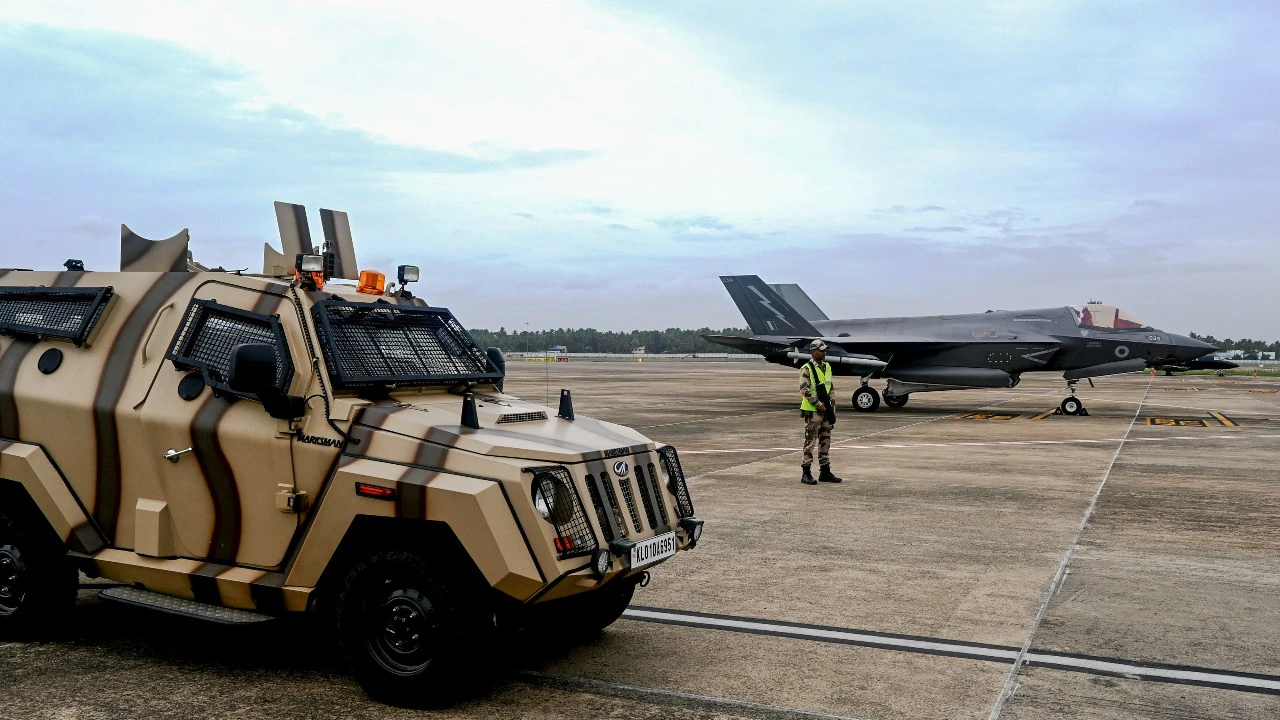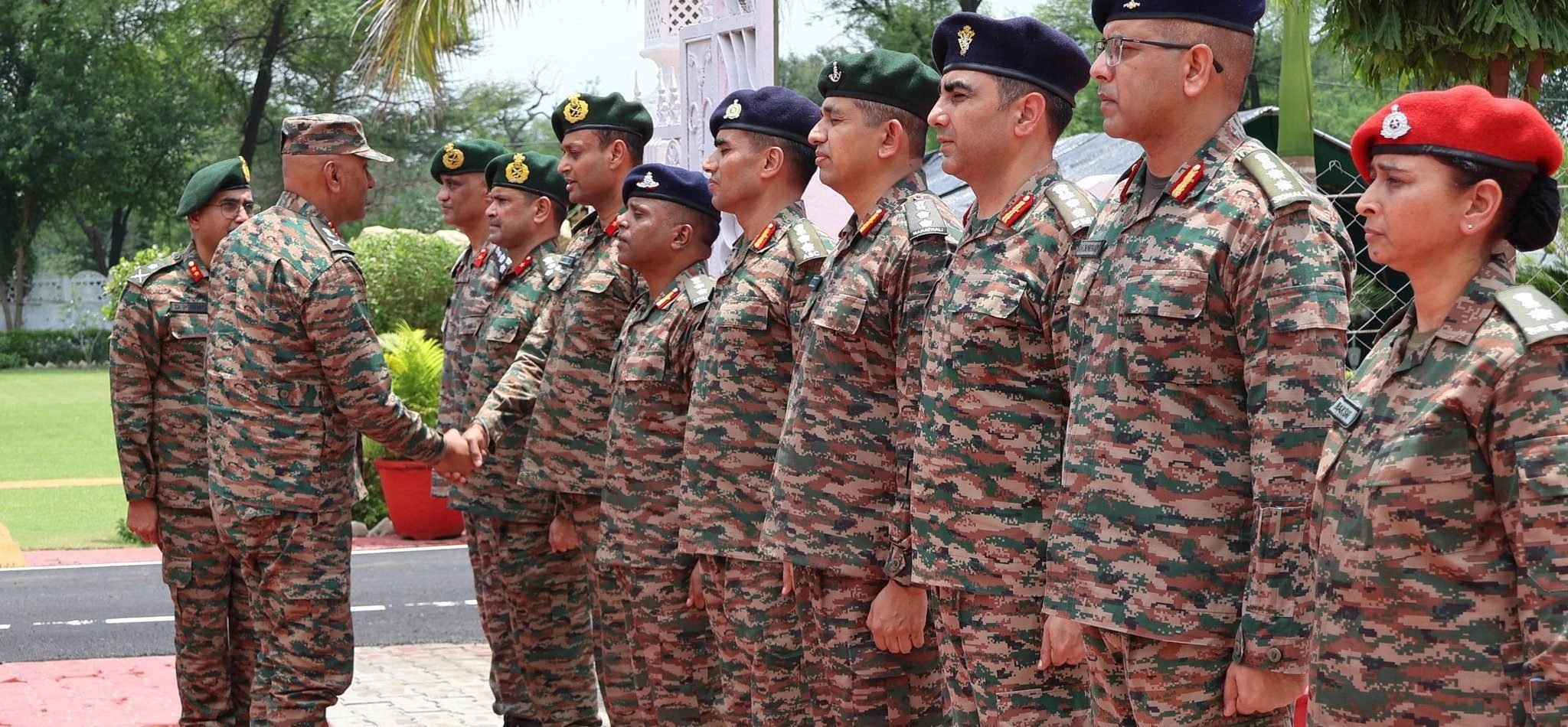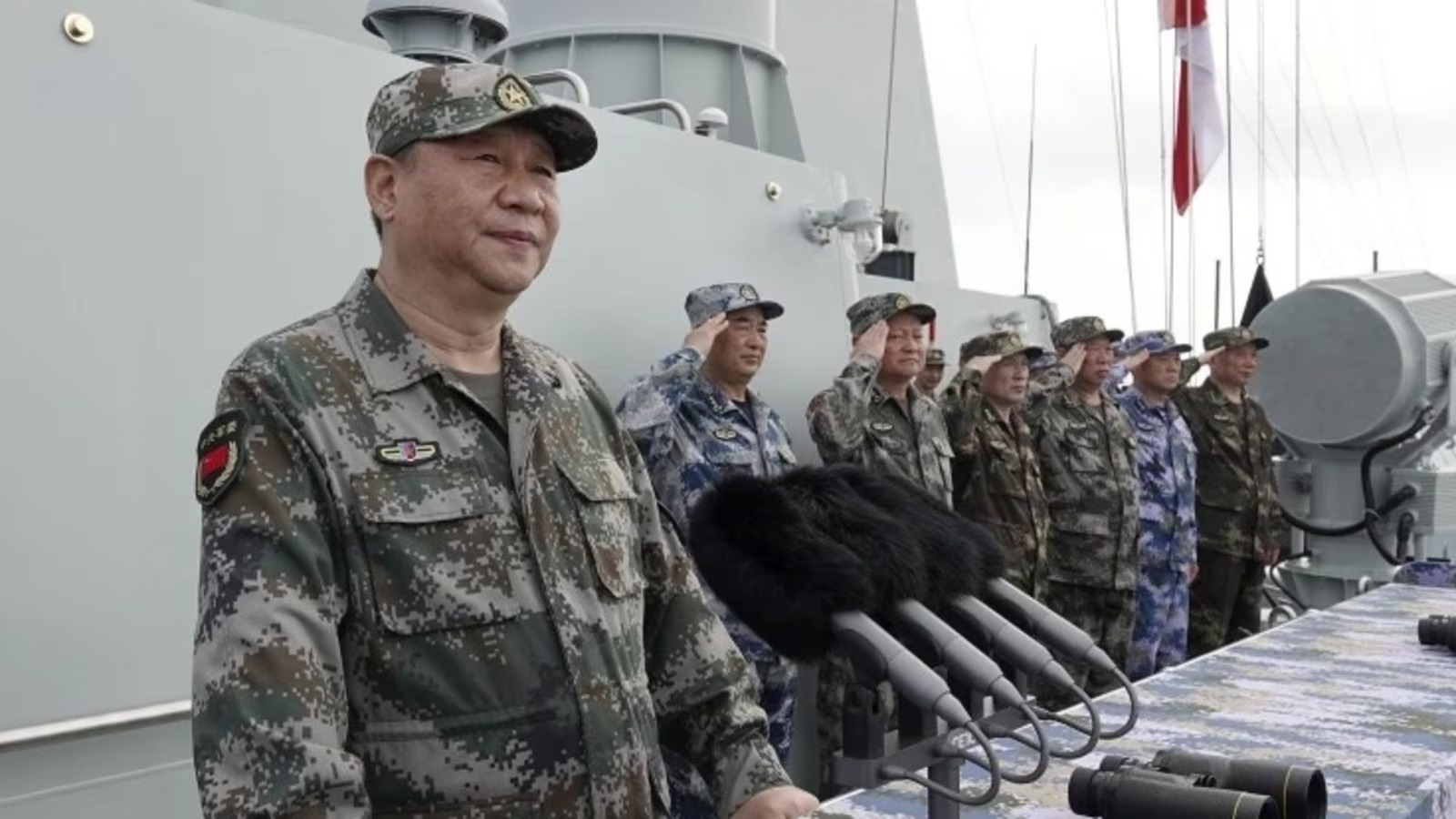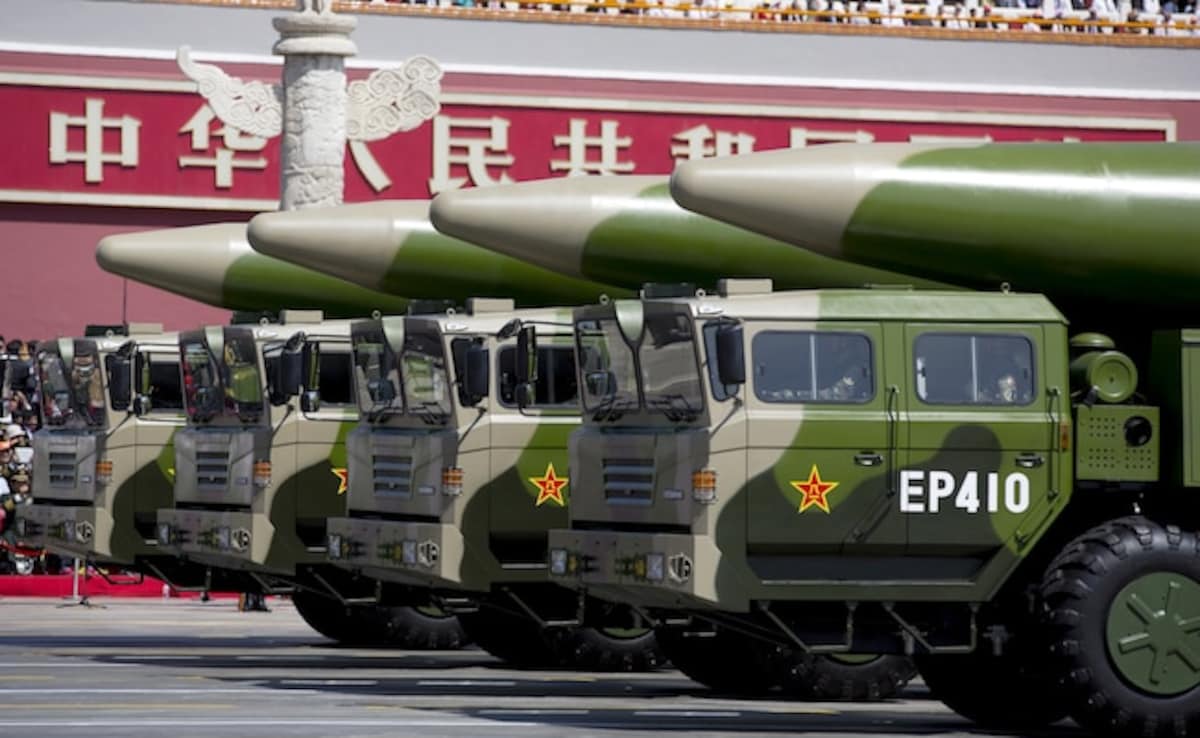UK Accepts Offer To Move Stranded F-35B To Maintenance Facility At Thiruvananthapuram Airport
The British Royal Navy’s F-35B Lightning II stealth fighter jet, which made an emergency landing at Thiruvananthapuram International Airport on…
Himachal’s ITBP Jawan Martyred in Uttarakhand Due to Brain Stroke
A pall of grief has descended over Jol village in Himachal Pradesh’s Jawali constituency after 35-year-old ITBP jawan Ankaj Kumar,…
Lt Gen Pratik Sharma Reviews Strategic Strikers Formation in Udhampur
The Indian Army’s Northern Command, Commander-in-Chief Lieutenant General Pratik Sharma, showcased heightened operational readiness during a comprehensive review of the…
India, China Hold High-Level Border Talks at SCO Meet in Qingdao
In a significant step toward easing long-standing border tensions, Indian Defence Minister Rajnath Singh held a bilateral meeting with Chinese…
China Expels Top PLA General, Navy Chief, and Nuclear Scientist in Major Anti-Corruption Drive
China’s sweeping anti-corruption campaign within its military and defense sectors escalated sharply on Friday, as the National People’s Congress (NPC)…
US Air Force Warns of China’s Expanding Missile Arsenal and ‘Kill Web’ Threat
In a stark warning during a recent Senate subcommittee hearing, senior officials from the United States Air Force and Space…






